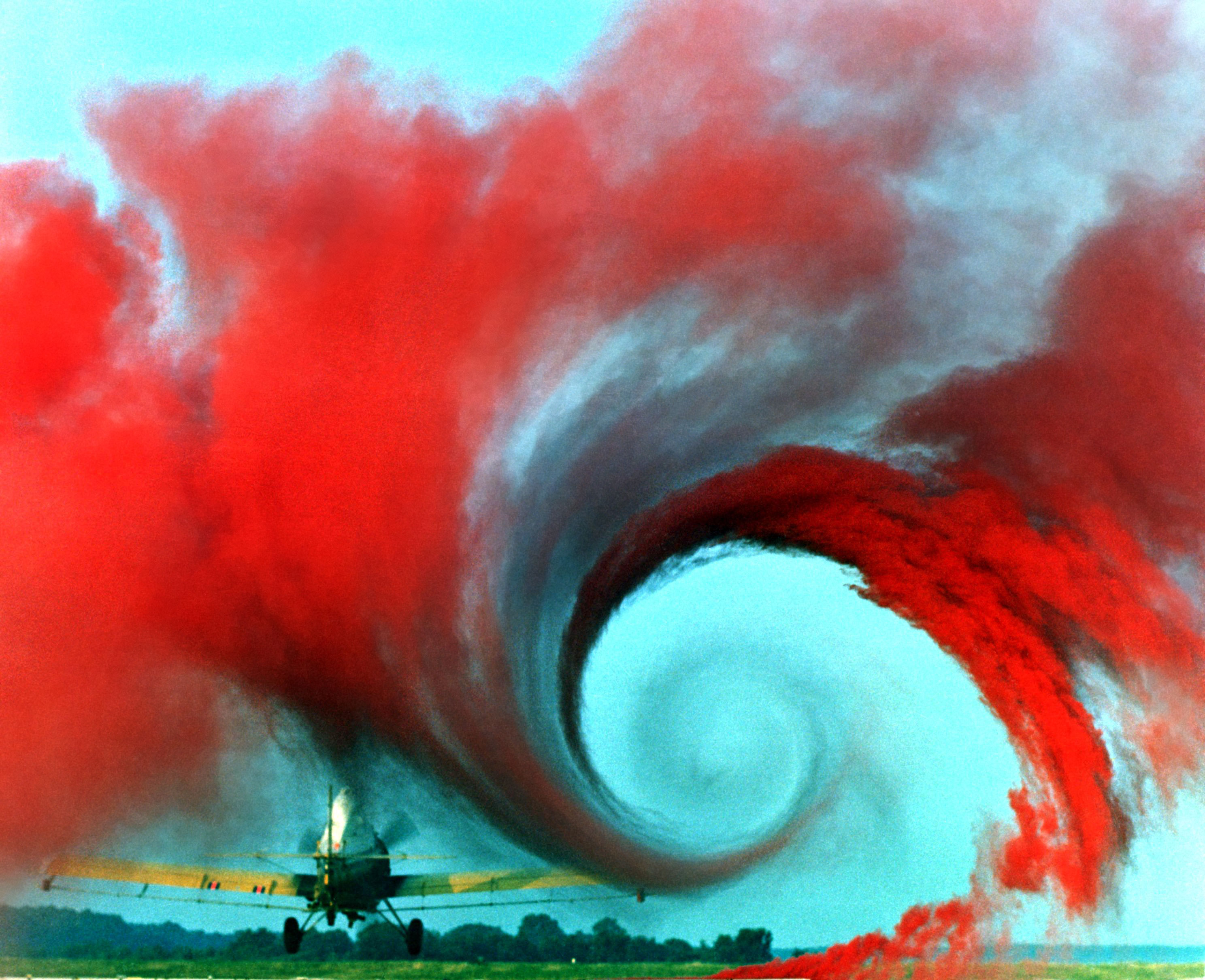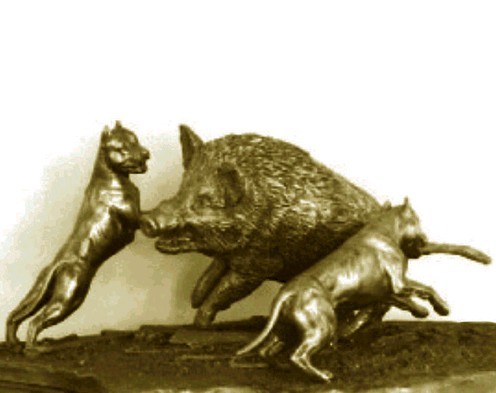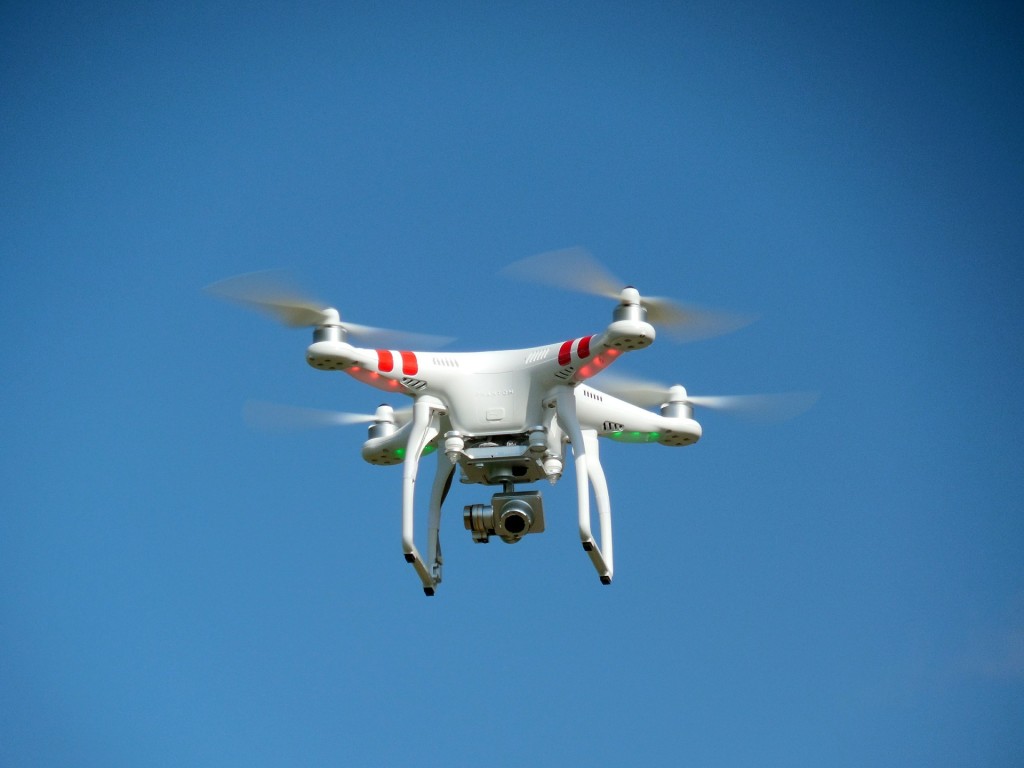“There are some times when you can predict weather well for the next 15 days. Other times, you can only really forecast a couple of days. Sometimes you can’t predict the next two hours.”
DJ Patil, 37, an expert in chaos theory
The current business climate, it turns out, is a lot like the weather. In a time of chaos, predicting what will happen next has gotten exponentially harder. Uncertainty is universal in boardrooms and cubicles, as executives and workers (employed and unemployed) struggle to plan what they should do. I have a daughter who is entering the workforce. How can I tell her what to get into when all of my accumulated experience cannot answer that question for myself? And even if my vision is good enough to know what the current options are, I am certain that the season will quickly change and a different normal will emerge. I was discussing this with my wife, a start-up entrepreneur. She pointed out that the majority of people need a pattern to guide their life. Serious strife and unrest occur when a sizable percentage of the population does not know how to acquire a living wage. All of the A/B testing that we accomplish as start-up businesses establish which applied efforts are profitable in the emerging marketplace. As these get built into the standard work instructions that are part of our manufacturing legacy, the world seems a lot less scary to the typical employee. Most employees need a detailed blueprint of the activities that add up to earning a living wage.
Your gyro-copter is perfectly safe in the hanger at the airport. Heading out on the runway exposes you to the unseen wind vortexes lurking in ambush.
Charles Darwin foreshadowed periods of chaos when he described natural selection: “It is not the strongest of the species that survives; nor the most intelligent that survives. It is the one that is most adaptable to change.”




